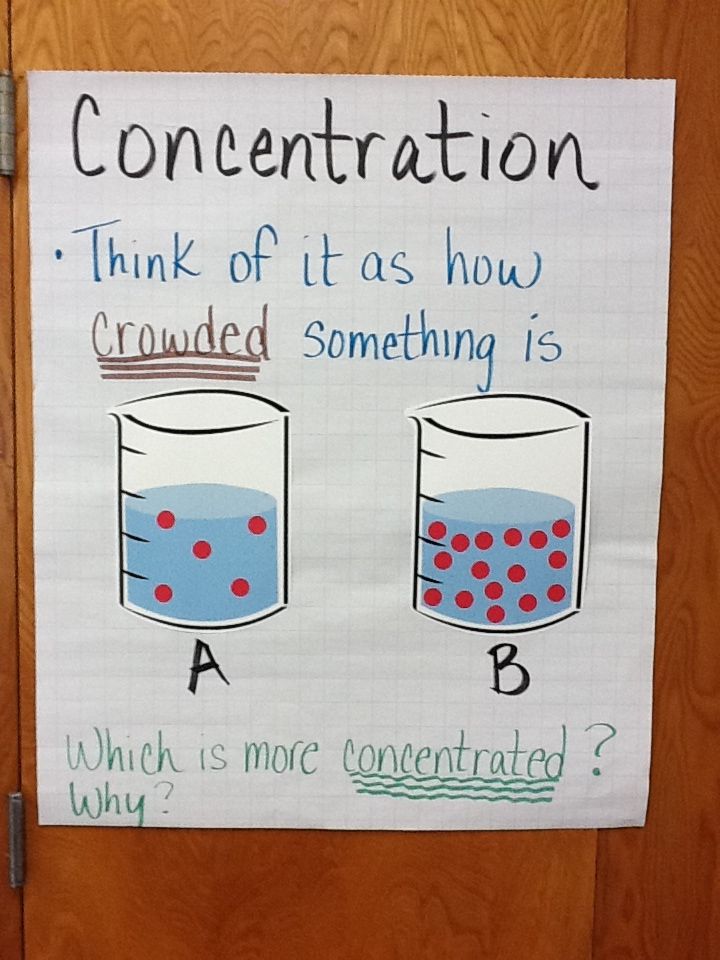What It Really Takes to Travel to the Sun: Speeds, Challenges, and Realistic Timelines
Understanding the Journey: The Sun’s Distance and Why It Matters
The Sun, our nearest star, is located at an average distance of about 150 million kilometers (93 million miles) from Earth. This enormous gap is what makes the idea of traveling to the Sun both fascinating and challenging. In science fiction, starships might zip between planets and stars in hours. In reality, the vastness of space and the limitations of current technology create journeys measured in years-or even lifetimes-depending on the mode of transportation chosen [1] .

Source: birdfeederhub.com
How Long Would It Take Using Everyday Methods?
If you were to attempt the trip with vehicles or methods available to the average person, the journey would be measured in years, centuries, or even millennia:
By Commercial Airplane: The average cruising speed of a passenger jet is about 885 km/h (550 mph). At this speed, it would take approximately 19 years of nonstop flight to reach the Sun [1] [2] . This theoretical calculation ignores the practical impossibility of refueling, air resistance, and the lack of atmosphere in space, but it provides a relatable benchmark.
By Car: Driving at a consistent 96 km/h (60 mph), a common highway speed, the trip would require about 177 years. Again, this is a theoretical exercise, as driving through space is impossible due to the lack of roads, fuel stations, and oxygen [1] [2] .
On Foot: At a steady pace of 4.8 km/h (3 mph), it would take an astonishing 3,536 years to walk the distance between Earth and the Sun [1] [2] . This number highlights the sheer scale of our solar system.
Spacecraft: The Fastest Way Humans Have Approached the Sun
Because the Sun’s surface is not solid and its temperatures are extreme, the closest any human-made object has come to touching the Sun is through robotic spacecraft. The most notable mission to date is NASA’s Parker Solar Probe, which launched in 2018 with the goal of studying the Sun’s corona. The probe uses a series of flybys around Venus to gradually decrease its orbital distance and increase its speed [5] .
Parker Solar Probe Achievements:

Source: etsy.com
- By December 2024, Parker Solar Probe completed a record-breaking close approach, coming within just 6.1 million kilometers (3.8 million miles) of the Sun’s surface [5] .
- It reached speeds of around 690,000 km/h (430,000 mph), the fastest any human-made object has traveled [1] [5] [4] .
- At these speeds, the probe covers the distance from Earth to the Sun in just a few months, although its actual trajectory is far from a straight line due to the complex orbital mechanics involved in approaching such a massive body.
To put this into perspective, the Parker Solar Probe’s approach is more than seven times closer than any previous mission, and the extreme conditions require advanced shielding and precise navigation [1] .
Comparing Different Spacecraft and Their Speeds
Other spacecraft have also helped us understand travel times within our solar system. For example, the International Space Station (ISS) orbits Earth at about 28,000 km/h (17,000 mph). At this speed, it would take nearly 222 days to reach the Sun-if it could travel in a straight line and maintain that velocity [3] . However, no human crewed missions have ever attempted such a journey due to the lethal environment close to the Sun.
The Helios-2 probe, one of the fastest spacecraft before Parker Solar Probe, traveled at 253,000 km/h (157,000 mph). Even at this speed, reaching the Sun would take over 24 days [3] . These examples highlight the significant technological advances required for such missions.
The Science Behind the Numbers: Why Travel Times Vary
Calculating travel times to the Sun depends on several factors:
- Distance Varies: Earth’s orbit around the Sun is slightly elliptical, so the distance ranges from about 147 million kilometers (at perihelion, closest point) to 151 million kilometers (at aphelion, farthest point) [1] .
- Speed of Travel: The method of travel dramatically affects duration-from thousands of years on foot to under a year for high-speed spacecraft.
- Route and Trajectory: Spacecraft rarely take a straight path. Instead, they use complex maneuvers, gravity assists, and orbital mechanics to efficiently approach their target and conserve fuel [5] .
- Limitations: Atmospheric drag, lack of refueling opportunities, and extreme radiation near the Sun make direct travel impossible for humans at present.
These factors mean that time estimates are only as accurate as the assumptions made about speed, route, and technology.
Practical Steps: How Space Agencies Plan and Execute Missions to the Sun
If you are interested in learning more or following future missions to the Sun, you can:
- Stay updated by visiting official space agency websites. NASA and the European Space Agency (ESA) feature dedicated mission pages with real-time updates, educational resources, and media galleries. To find these, search for “NASA Parker Solar Probe” or “ESA Solar Orbiter” using your preferred search engine.
- Consider subscribing to reputable science publications and news outlets for breaking news about solar missions. For example, BBC News and Sky at Night Magazine regularly cover major developments in space exploration [1] [4] .
- If you want to get involved in citizen science, look for programs coordinated by NASA or local observatories. While direct participation in Sun-bound missions is not possible for the public, there are educational and outreach opportunities that can enrich your understanding of solar science.
For official mission details or to follow active probes, always use the official agency’s homepage and search for the mission name. Never rely on unofficial sources for critical updates.
Challenges and Dangers of Approaching the Sun
Even with the most advanced spacecraft, the environment near the Sun poses extreme hazards:
- Temperature: The Parker Solar Probe endures temperatures exceeding 1,400°C (2,552°F) as it makes its closest approaches [5] [1] .
- Radiation: The Sun emits intense radiation and charged particles that can damage electronics and instruments, requiring robust shielding and thermal protection.
- Lack of Surface: The Sun is a ball of plasma without a solid surface. Any spacecraft aiming for a ‘landing’ would be destroyed long before arrival.
- Navigation: Precision is critical to avoid overshooting or burning up. Spacecraft use gravity assists and carefully calculated trajectories to achieve safe passage.
Despite technological advances, human travel to the Sun is currently impossible due to these challenges. Robotic probes will continue to lead the way in solar exploration.
Alternative Approaches and Future Possibilities
As technology evolves, new propulsion systems-like solar sails, ion drives, or even nuclear-powered engines-may enable faster and more efficient journeys across the solar system. However, any mission aiming to reach the Sun (or even its upper atmosphere) will need to solve the twin problems of extreme heat and radiation. For now, following or supporting robotic missions is the most practical route for those interested in solar exploration. Stay engaged by following updates from NASA and ESA, and consider participating in educational programs or public lectures offered by reputable science museums and institutions.
Summary and Key Takeaways
Reaching the Sun is a daunting challenge that requires overcoming immense distances, hostile environments, and technological limitations. While the fastest spacecraft can approach the Sun in a matter of months, conventional travel methods would take centuries or longer. Human travel to the Sun remains out of reach, but robotic missions like Parker Solar Probe offer unparalleled insights and inspiration. If you want to stay informed or participate in space science, use official resources, reputable publications, and consider joining educational initiatives. The journey to the Sun is a testament to human curiosity and ingenuity-and the exploration continues.
References
- Sky at Night Magazine (2024). How long does it take to get to the Sun?
- The Planets (2024). How Long Would It Take To Get To The Sun?
- NASA Space Math (2010). Travel Times by Spacecraft Around the Solar System
- BBC News (2025). Nasa makes history with closest-ever approach to Sun
- Wikipedia (2024). Parker Solar Probe



